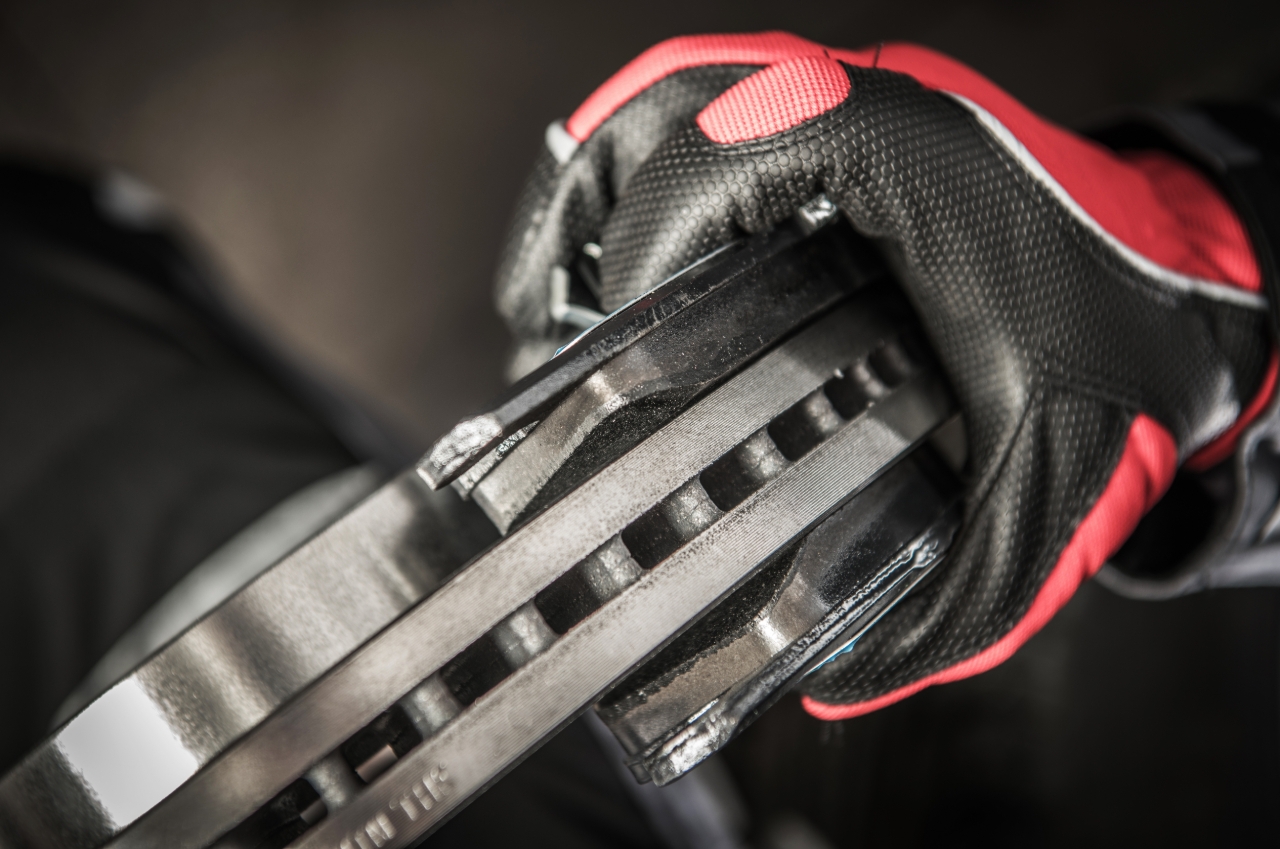With all the new formulations, grades and types of brake friction in the market today, how do you find the “sweet spot” between good coverage and a properly balanced inventory?
The brake friction market is obviously critically important to jobbers in terms of volume. But it is also a category that is highly competitive and can be quite price-sensitive.
Furthermore, new formulations and technology, and legislative changes like the phasing-out of copper by 2025, have led to confusion among many jobbers. Without having all these new formulations and types taking over your warehouse, how can you ensure you have the right inventory balance for your customers’ needs? We asked some leading brake suppliers how to cut through the noise and ensure the best selection for today’s vehicles while maintaining your own bottom line.
According to Dan Weber, VP with ProForce Automotive, it starts as it always has: by offering a carefully planned selection of good, better and best brake friction. “A mid-grade offering with a complete hardware program included is typically the ‘sweet spot’ for many garages,” Weber says. “They offer a solution to the NVH problem: low dust, upgraded shims, full hardware program and noise damping characteristics.” Other considerations Weber recommends are availability for late-model vehicles, and a one-price offering to optimize sales and profitability.
“The OEM market is very complex and diverse – you’ve got six manufacturers with 10% or more market share and several others in the high single digits,” Edward Gerhardt, Marketing & Data Service Manager, Akebono Brake Corporation, points out. “It is a business necessity to stock hundreds of part numbers; then you add in multiple grades and brands and that number grows exponentially.
“At Akebono, we have a very tactical and educated approach, with regard to ‘part number proliferation.’ On the OE part number level, you’ll see a new OE number for some of the most minor, often insignificant changes. Some of our competitors create a new part number for these events, which gets them another new part introduction, and a quick sale in that every one of their customers just puts another part on the shelf. But in the long run, it doesn’t help them sell more parts, and causes bloated inventory and fewer turns.”
Instead, Akebono helps to streamline inventory by evaluating the change, and if it is notable, they’ll upgrade the existing part so that all vehicles that the part fits get the design enhancement. “Additionally, we help [jobbers] manage their inventory, by purchasing various forms of market intelligence; combine their local market VIO (vehicles in operation), replacement rates and market demographics with our historical sales and sales trend, to get them the right mix in both breadth and depth. Then we fine-tune it as they get more sales history under their belt, and adjust inventory under our annual stock adjustment program.”
However, Brian Kowalski, Vice President Branded Sales, Canada, for Brake Parts Inc. LLC, advises that dividing the three quality levels by price only can be tricky. “Ideally, coverage on the ‘good’ grade would be for vehicles aged eight years and older. The good-grade friction formulations should follow OE formulations (ceramic or semi-met) and a brand name that you can trust. Unfortunately, too many times the jobber store selects this product grade solely on price, with no consideration of the friction grade attributes that prevent comebacks.
“The better grade line should be where a jobber store’s coverage and sales focus should be. The product grade formulation should be equal to, or an enhancement to, the OE pad stopping performance.
“The best grade should be for niche market opportunities such as fleets, police and public service vehicles, as well as coverage for the consumer who is looking for the best stopping performance from their brake pads.
“Balancing the right inventory coverage between the three grades is the biggest challenge for a jobber to provide the highest return on investment,” Kowalski says. “Selecting the right supplier and brand that can provide you with the inventory coverage support, is key.”


0 Comments